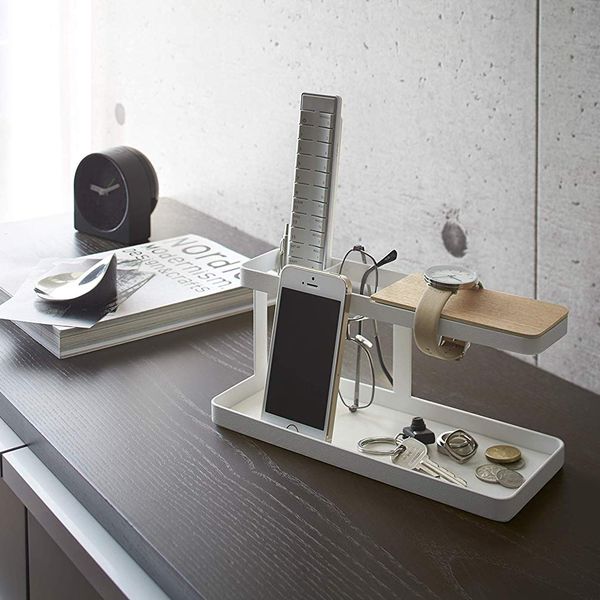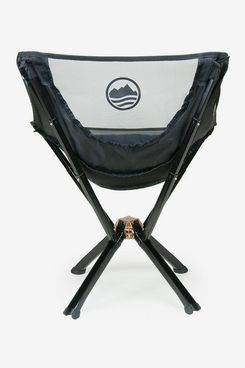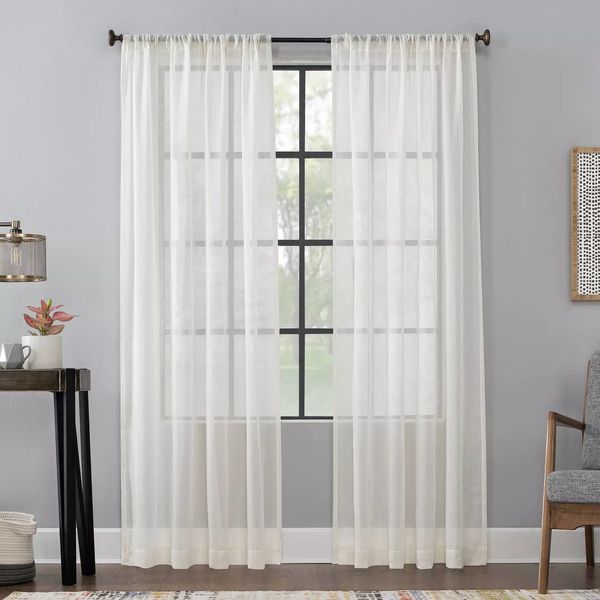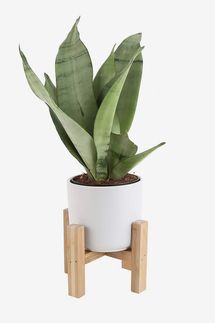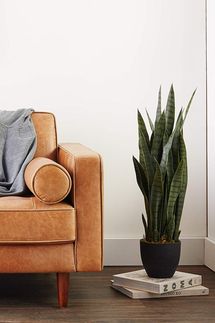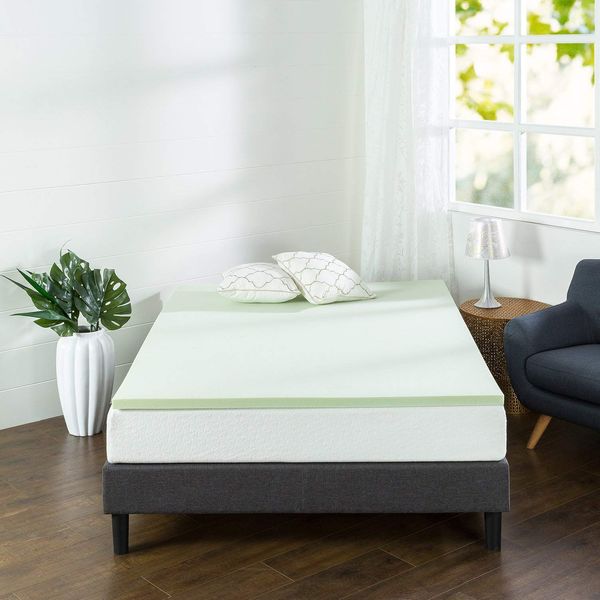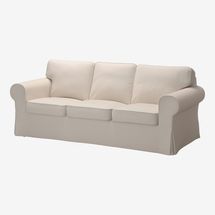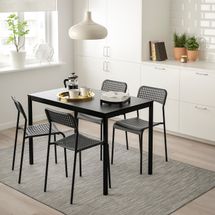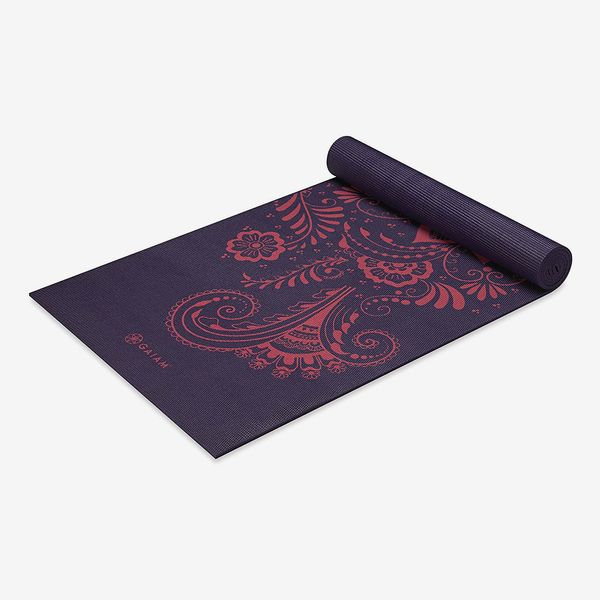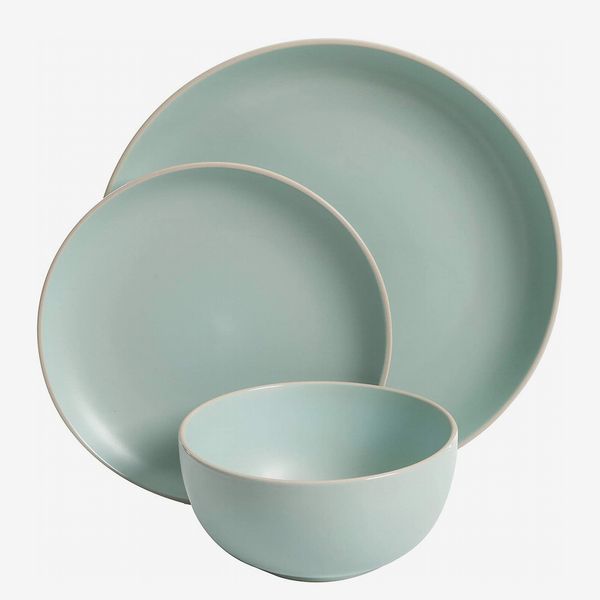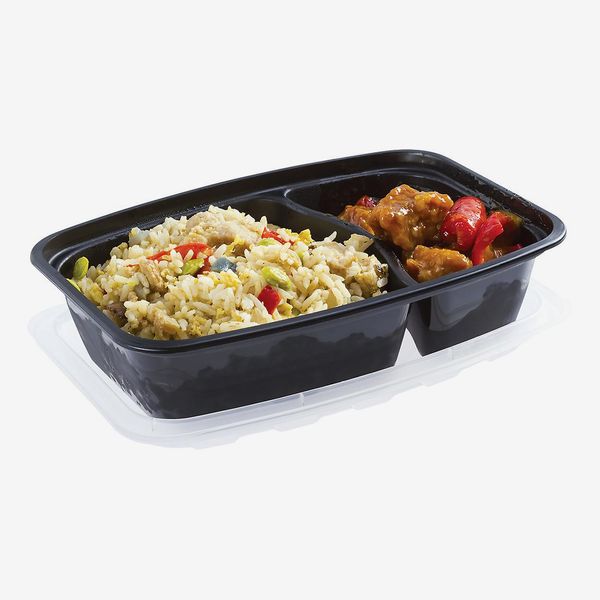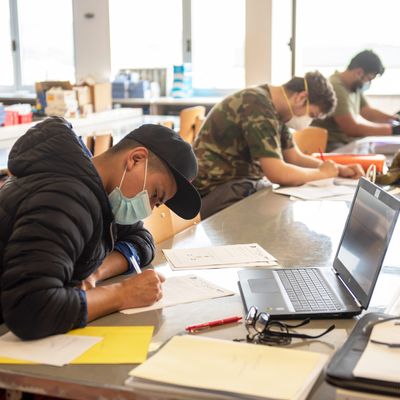
Despite uncertainties about campus life and more than 6,600 coronavirus cases already linked to universities across the country, nearly 40 percent of colleges are planning to welcome students back to campus this fall for in-person or hybrid classes — where some students learn remotely and others in person for part or all of the year. Although plans differ from school to school — Yale’s hybrid model includes in-person classes for some lab or studio classes, and first-years and sophomores will alternate which semester they’re allowed on campus, whereas Texas Tech University is planning to be primarily in person, inviting all of its 30,000-plus undergraduate students back to campus with social-distancing and contract-tracing measures and mask guidelines — both models include some option of living on (or near) campus, a seminal part of the “mythical” college experience.
“It’s really hard to choose between living on campus and potentially getting the virus, or staying home and missing out on your first semester of college, which is a major life experience,” says University of Michigan rising freshman Zoe Storer, who is counting on having more independence in Ann Arbor than she does in her rural hometown a couple of hours away. However, most of the returning students we spoke to (Storer included) are wary of how their universities will enforce social-distancing policies in dorms or on campus. “Most people returning to campus are aware that this is a somewhat risky decision,” says Audrey Yao, a rising junior at Rice University. For her, she adds, the social isolation of being at home outweighs the risk of returning to campus. “I have hope and faith that other students will be as responsible as I am on campus.”
Since returning students are still uncertain about what dining halls and libraries will look like, those we spoke to have chosen to focus on what is within their control: their living space. “I know that I’m going to be spending more time than usual in my room and in my house, so I’m trying to focus my energy on cultivating the kind of space and community that I want there,” explains Stella Vujic, a rising junior at Yale who was planning to live in her college’s residential campus, but decided to move into an off-campus apartment after realizing that it would no longer be an option to experience the usual “hustle and bustle” of places she loves, like the dining halls. In addition to bringing Clorox wipes (if you can find them), hand sanitizer, and lots of masks, we spoke to nine college students from universities across the country — from UCLA to Bowdoin — about how they’re turning their dorm rooms, or off-campus apartments, into places to study, unwind, and eat.
For studying
All nine of the students we spoke to are returning to campus this fall, but most are planning to take some (if not a majority) of their classes online and from the comfort of their rooms, since libraries, and other shared study spaces, are limited by reservation at many of their campuses. As soon as Anne-Laure Razat, a rising senior at Barnard College, decided to move into an off-campus apartment with her three suitemates from last year, she thought about getting noise-canceling headphones. “It’s almost as a protection against getting annoyed, so I’m able to lock into my workspace despite being around them all the time,” she explains, adding that while she and her suitemates are good friends, they’re used to spending much less time together in their living space. Even Yao, who is a self-proclaimed “dorm-room studier,” is thinking about investing in noise-canceling headphones to focus better in her suite of four. For students sharing a room with others, the prospect of taking simultaneous virtual classes is a little more challenging, even with headphones. “All of our classes are at the same time,” explains Yael Homa, a rising freshman at Colorado College, where students attend one class per four-week block period, who is sharing a dorm room with another incoming student. “We’ll just try to be as quiet as possible,” she adds.
Most dorm rooms come with a desk, but Vujic says that in semesters past she basically used her work area “as a storage unit” and this semester is going to be more focused on “having a lot of table space” for work. We’ve said this minimalist steel and wood organizer is perfect for storing “all your little tchotchkes and random items that don’t quite know where to go.”
Since dorm space is limited, Homa is also planning to bring this fuzzy backrest pillow, so that she can work more comfortably while sitting in bed.
The students we spoke to say that their in-person classes are purported to be in less dense, larger spaces with social-distancing measures in place — like a seminar of ten in a giant lecture hall — but some universities, including Rice, where Yao attends, are planning to hold large lectures in giant outdoor tents, with a BYO policy: bring your own chair. Since Yao is a rising junior, she anticipates that her small, upper-level elective courses won’t be held outside in a tent, but if she ends up needing a lightweight chair she’ll get one — and this one is just the size of a Nalgene water bottle.
For hanging out
When they’re not working (at home), all the students we spoke to anticipate spending most of their downtime in their living space too. “This year I’m going to focus on bringing more of the world into my room, rather than having it be a place for me to get away from the world,” explains Vujic of her choice to get sheer curtains that brighten her room, in lieu of typical blackout shades. We’ve said the sheer, linen pairs from Target are a more affordable dupe of an interior-designer-recommended pick.
Another uplifting thing that’s important to Vujic is “having life and greenery in the room that gives it a more vibrant feel.” She’s not sure yet if she’s going to get fake or real plants, both of which are readily available (and well curated) online, or likely in stock at your local nursery.
At Penn State rising sophomore Tusha Pham is planning to make her room in a two-person suite, which she’s sharing with a random roommate, feel more like home by decorating it with photos of friends and family. “It’s just a reminder that they’re always there with me,” she says, adding that this is especially important on a more socially distanced campus. This photo-hanging strip doubles as warm mood lighting, which cool college students told us is the quickest way to “zhuzh up a sterile dorm room.”
Eugen Cotei is one of 50 or so senior honors students moving back to campus at Bowdoin — which is only inviting first-years, transfers, and a small portion of its other students back to campus, and sending them all home after Thanksgiving. In order to make his new, fully furnished suite a more comfortable space, he’s bringing his usual “beanbag, blanket, pillows, and a mattress topper. It’s important to get good sleep as a college student, and as any kind of living person, especially right now,” he explains. Reviewers say this best-rated (less expensive) foam mattress topper is particularly great for making dorm mattresses more comfortable.
Since many extracurriculars are also slated to be virtual, a couple of students are planning to bring their own supplies to ensure a creative outlet. “I like to make all kinds of things with my hands, and I think losing that would be detrimental to my well-being and mental health, which I think rings true for other students,” says Cotei, who enjoys embroidery and bracelet-making; the latter can easily be done with some string and beads (like these ones that Susan Alexandra swears by).
Three of the upperclassmen we spoke to are living off campus this semester, including Razat, who — with a group of three other friends — prioritized finding an apartment near campus with communal space. “It’s nice to relax together without the expectation of going anywhere or spending money, and we enjoy having movie nights without having to set up a projector or huddle around a laptop,” says Razat, explaining that her apartment procured a free TV from one of her roommates’ boyfriends. Rising sophomore at UCLA, Gabriel Feiner, is also planning to bring a TV for watching shows and playing video games with his roommates. Experts say this 50-inch TLC computer has the same quality as the brand’s 65-inch screen, for nearly $200 less.
Furnishing a first apartment (especially amid coronavirus) is no small feat, and students living off campus say they have to figure out everything from how to set up their own Wi-Fi for virtual classes to where to shop for desks. Both Vujic and Razat plan to furnish their homes mostly with secondhand and found items — Vujic is looking for couches on campus “free and for sale” Facebook groups, and Razat’s looking for a dining room table–slash–workspace for four at her roommate’s parent’s secondhand furniture company — but Razat says otherwise her suite will likely defer to Ikea for affordability. Designer Ryan White recommends this Ikea couch (a $399 price tag is nearly $600 cheaper than other designer-recommended picks) and this dining-room table comes with four chairs for communal meals and work alike for the total price of $90.
Although many campus gyms are open with social-distancing measures and sign-ups in effect, most of the students we spoke to say that they’ll plan on bringing some home-workout equipment to campus. Olinty Rickford, a rising senior at Texas Tech University who is living off campus with her boyfriend this semester, is planning to watch exercise videos on YouTube, and Vujic is going to bring a yoga mat in case “I ever need to stretch out.” This well-reviewed mat is one of only a few that are still in stock online.
All of the students we spoke to are counting on being able to see their friends at a distance, and outside, especially Cotei and Homa whose campuses — Bowdoin and Colorado College, respectively — are known for their proximity to the great outdoors. “Being outdoors is a really important way for me to relax,” says Cotei, who is excited to have his car on campus this fall and explore different parts of Maine. Though he’s hoping that Bowdoin’s Outing Club gear rental is still open this semester, he also has some hiking gear on campus, including a giant Hydro Flask to stay hydrated.
Even students in more urban schools are hoping to see friends at a distance by hanging out outdoors on campus, or having socially distanced picnics. This best-rated blanket folds up into itself, and comes with a handy carrying strap.
Although most students say they aren’t bringing any new clothing to campus (and some, like Pham, are even limiting the amount they bring in the event that they’re sent home due to the coronavirus), Razat is buying a new pair of sneakers “just to walk around the city in,” she says, adding that “even just being able to walk around and see other people in the park is a nice way to not feel stuck in such a tiny world.” This gym-ready pair from Adidas is also eco-friendly.
For eating
Most dining halls have instituted social-distancing measures, or grab-and-go meals, prompting many of the students we spoke to to bring their own kitchen supplies to campus this semester. At Bowdoin the dining halls are going to be open, but Cotei says it’s unclear “how many people are going to be able to go in and eat, or if we need to make appointments or take out food,” which is why he picked up some of his own utensils and dinnerware from the Salvation Army. For some more basic (but nice-looking) dinnerware, consider this ceramic 12-piece set from Gibson Home.
All of the students who are living off campus told us that they’ll need to cook their own food this semester, including Rickford, who is planning to renew her Home Chef meal-prep service and make weekly trips to the grocery store. Even though Feiner is living in university-managed apartments, they’re not technically on campus, so he isn’t able to enroll in the school’s meal plan. “My parents don’t feel confident in me making my own food, but I do,” he says, outlining a plan to go grocery shopping and meal-prep, noting that “because things are virtual, I’m not going to class or campus for activities, so there’s more time to accustom myself to that routine.” Plus, Feiner adds that he’d consider an app-based delivery, like Instacart, if “conditions deteriorate” and he doesn’t feel comfortable grocery shopping. Your first delivery with Instacart is free, and then delivery fees start at $3.99, and each meal on Home Chef is priced starting at $6.99.
Like Feiner, Vujic says that meal-prepping is a central part of her food plan for this semester since she wants to replicate the ease of “getting food and leaving, without prep or cleanup” sans dining hall. “I’m going to meal-prep on Sunday, and portion it out so when I need food I can just grab a container,” she explains, adding that she’s picking up storage containers from the Container Store, like these that are intended for meal-prepping.
“I never cooked while living on campus because I didn’t need to, so I’m trying to see this as an opportunity to learn a skill that will serve me throughout my life,” explains Vujic, who personally doesn’t like to cook, but is seeking inspiration from Samin Nosrat’s Salt, Fat, Acid, Heat at the recommendation of her mom and sister. “My older sister recommended the book to me because it’s comprehensive and includes recipes as well as general techniques for cooking that help you understand how different foods work, and how to approach cooking with them,” she says.
Even students without kitchens, like Storer, are planning to stock up on some extra snacks and food that can be prepared in the comfort of their own rooms (in a microwave or stored in a mini-fridge). “I’m trying to reduce how much I go into the dining hall, so I’m bringing microwavable oatmeal so that I don’t have to go in for breakfast,” she explains.
“Since we’ll be going to coffee shops less, I’m planning on bringing a giant French press and making coffee for the whole house whenever people need it,” says Vujic. This Bodum French press makes just over four cups.
The Strategist is designed to surface the most useful, expert recommendations for things to buy across the vast e-commerce landscape. Some of our latest conquests include the best acne treatments, rolling luggage, pillows for side sleepers, natural anxiety remedies, and bath towels. We update links when possible, but note that deals can expire and all prices are subject to change.


